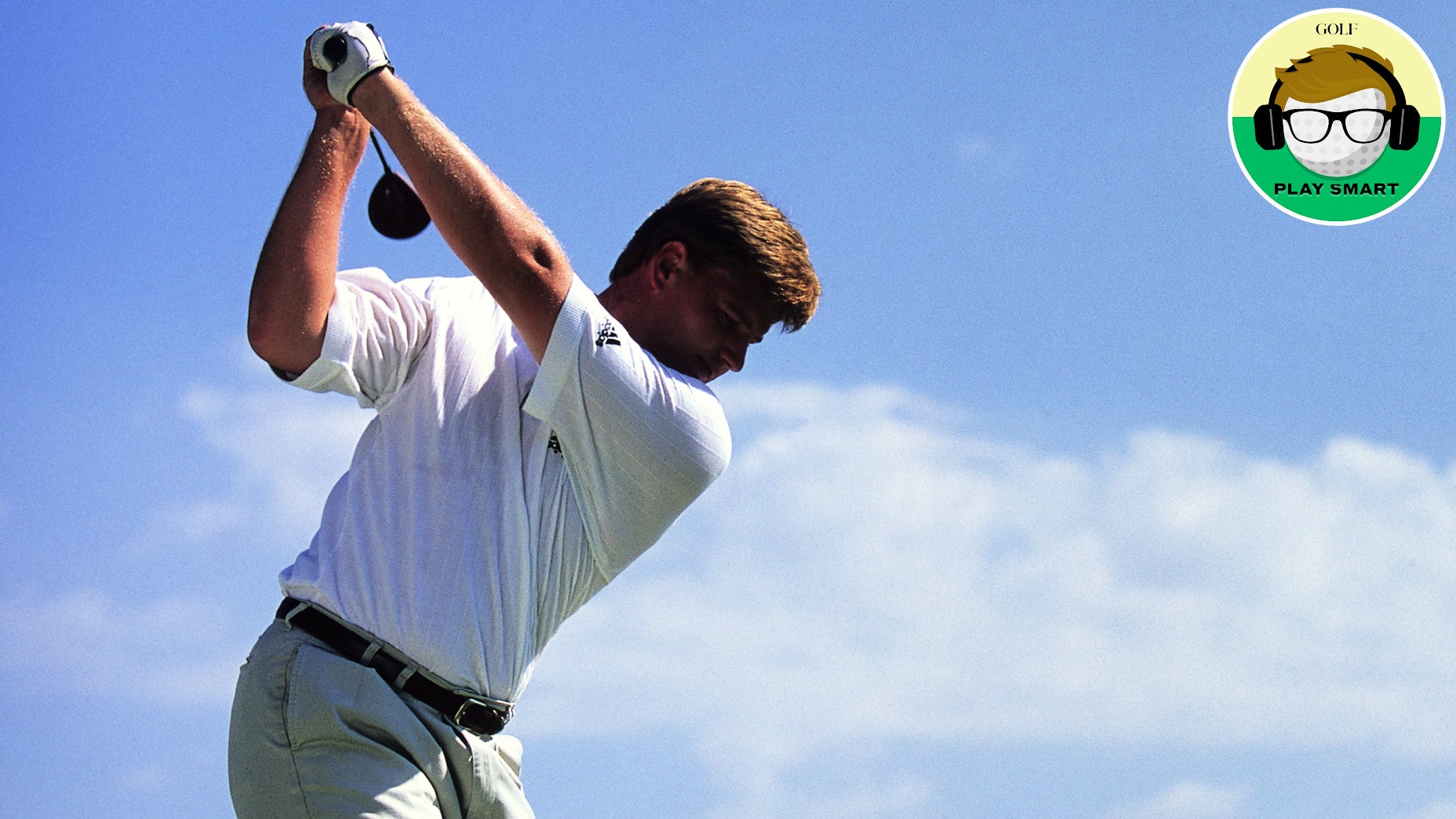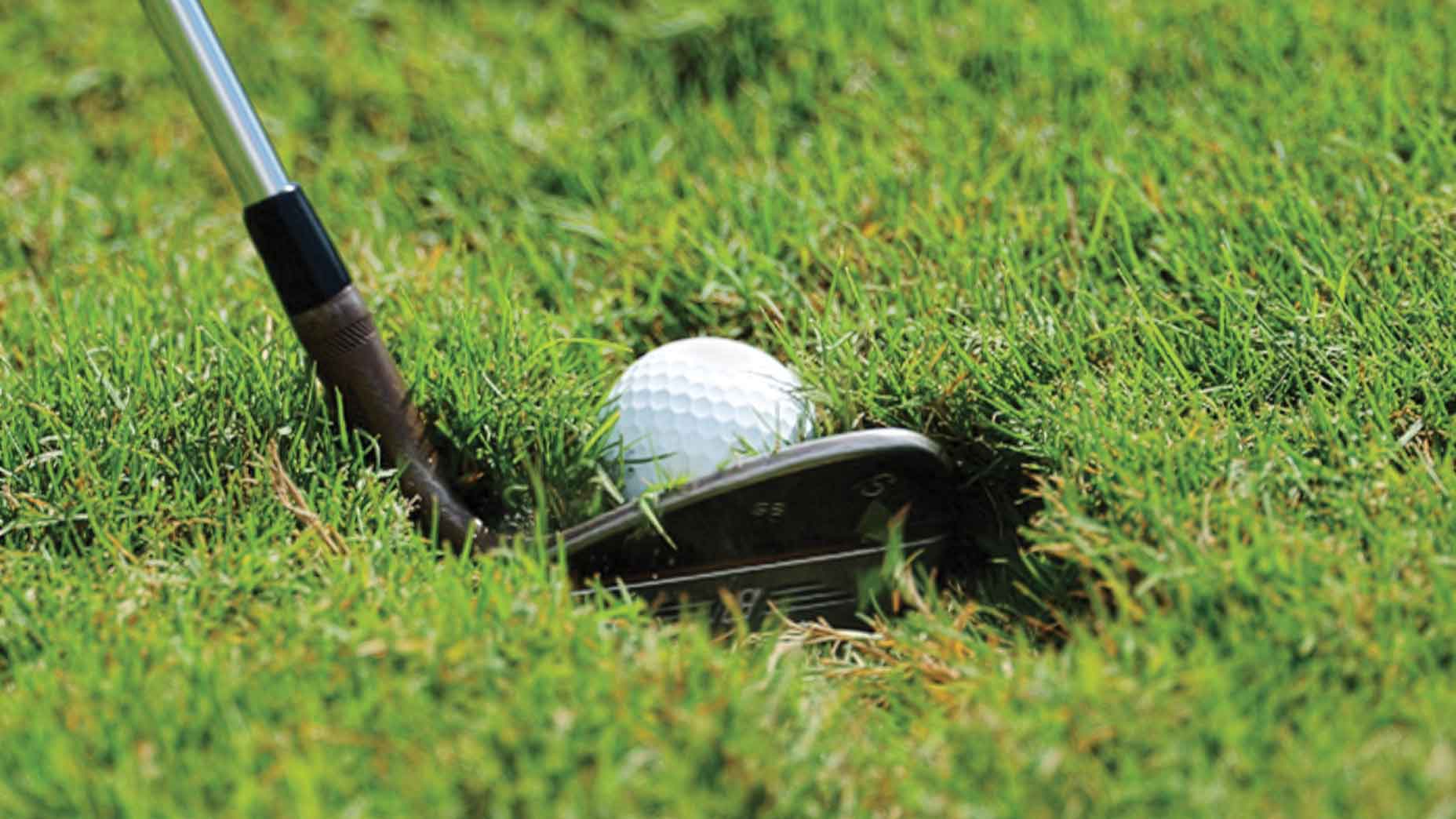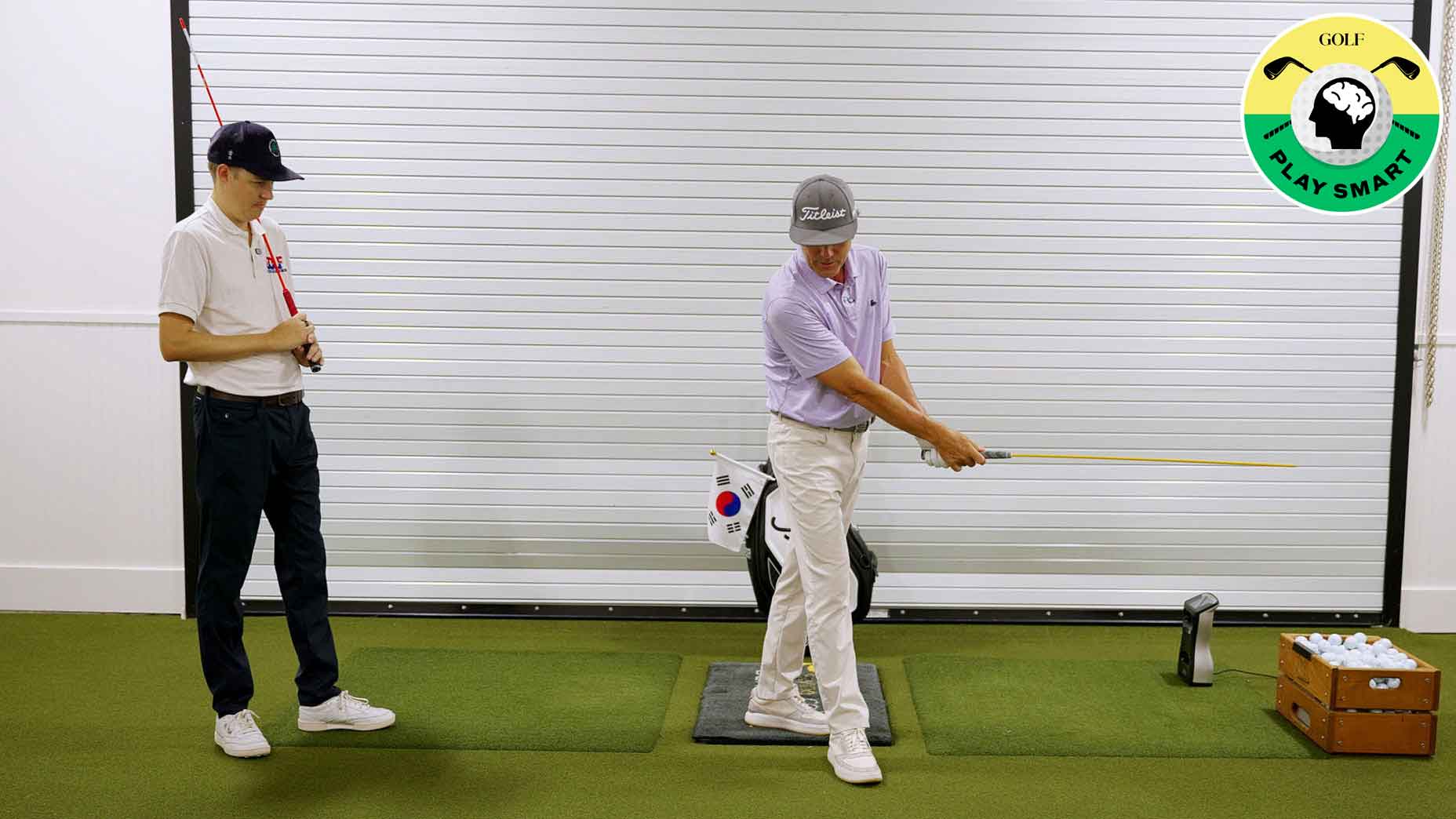Welcome to Play Smart, a game improvement column and podcast from editor Luke Kerr-Dineen to help you play smarter, better golf.
You can subscribe to the Play Smart podcast on Apple here, or on Spotify right here.
Justin Thomas caught the golf bug early.
“By the age of nine I had been playing golf for seven years, at that point,” he says in the video below.
This tempo tip could be your key to a better backswingBy: Luke Kerr-Dineen
Most juniors would be forgiven for losing interest, or burning out, somewhere along the way. But, not so for Thomas. Playing more only fueled him to keep getting better, and push up through the ranks of professional golf that he would one day become a fixture of.
Speaking at this week’s AJGA Justin Thomas Junior Championship, JT and his dad shared the key.
“I see a lot of parents make golf not fun for their parents,” he says. “Kids like to have fun…keep it fun.”
But how did they keep practicing fun, even after so many countless hours? It all comes down to playing games while your practice, JT says. Drills, challenges; something that feels competitive, and that leaves you with a task you’re trying to accomplish — a form of practice called “performance practice.”
One way JT says he does this is by trying to make at least 17 out of 20 putts from between four-to-eight feet, or hitting wedges from 150-to-125 yards inside a certain proximity. It’s difficult — sometimes so difficult that it makes the tournament itself seem easy — but the fun is in the challenge of it.
How to practice like a pro
“I’m trying to have my practice sessions emulate tournament conditions, so I’m trying to make my practice as difficult, and mentally exhausting as possible,” JT says. “I do it to the point that I measure my heart rate when I’m practicing and when I’m playing, and I’m trying to make sure both those numbers are as close to each other as possible.”
It’s a way of making practicing not feel like practicing, and his father Mike Thomas says you’re never too young to start. Mike says whether its JT or one of his junior golfer students, they’ll make sure their fundamentals are in order, but as soon as those feel comfortable, they spent a vast majority of their time on performance practice.
“As soon as we get to that comfort level, we’re into performance practice. Whether it’s a putter, or driver. Can’t miss left, or right, all of it is about to get to your baseline number,” he said. “It make take you 10 balls, or it make take you 100 golf balls, but we want you to feel pressure. We want you to feel some anxiety in your practice.”
The research backs up that practicing like this is a proven way getting better, faster. Avoid the dreaded zombie practice trap, and you’ll come out better the other side.
Watch the full Q&A below:











